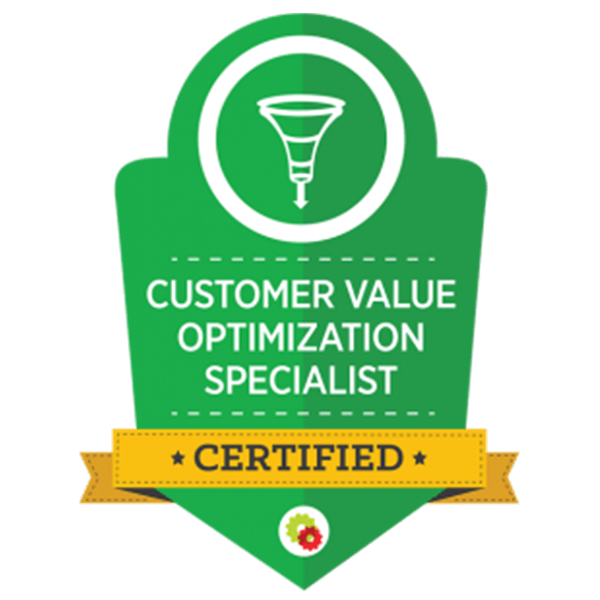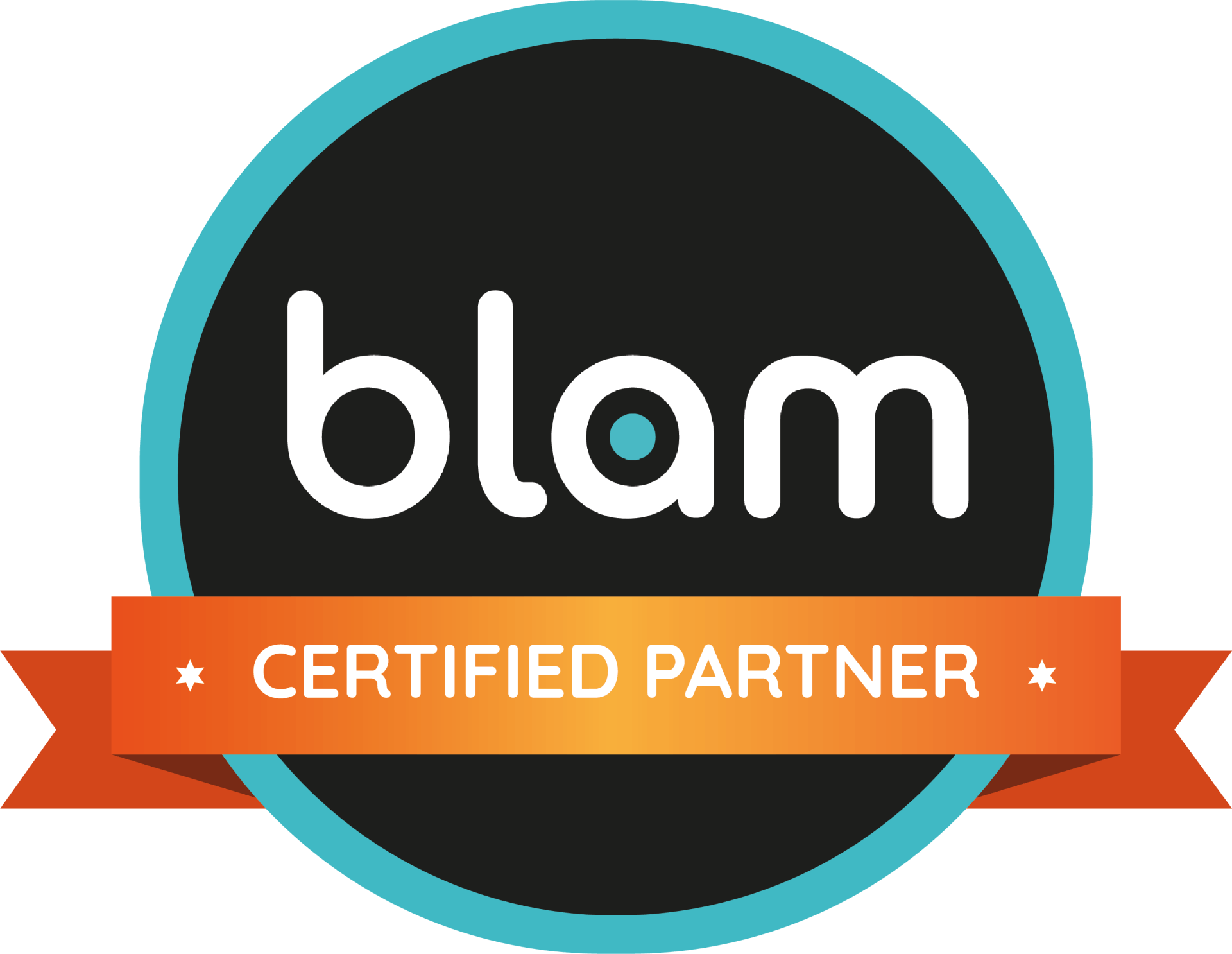GET IN TOUCH
+27825508384
info@pivot2connect.co.za
Local SEO Best Practices: Strategies to Drive More Local Traffic to Your Website
Increasing your chances of being found by potential customers in your area.

Are you looking to boost your local online presence and attract more customers from your area? Look no further! In this article, we will dive into the world of Local SEO best practices and show you effective strategies to drive more local traffic to your website. With the rise of mobile searches and the increasing importance of local search results, optimising your website for local searches has become essential for businesses of all sizes. By implementing these proven strategies, you will not only improve your website's visibility in local search results but also increase your chances of being found by potential customers in your area. From optimising your Google My Business listing to incorporating location-based keywords in your content, we will provide you with actionable tips that will make a significant impact on your local SEO efforts. So, let's get started and unlock the potential of local traffic for your business!
Why local SEO is important for businesses
Local SEO, also known as local search engine optimization, is the process of optimising your website to rank higher in local search results. It is crucial for businesses that serve a specific geographic area and rely on local customers to drive their revenue. Here's why local SEO is important for businesses:
1. Targeted Audience: By focusing on local SEO, you can attract customers who are actively searching for products or services in your area. This means you are more likely to reach potential customers who are ready to make a purchase.
2. Increased Visibility: Local SEO helps your business appear in the local pack, which is the section of search results that showcases local businesses. This increased visibility can greatly boost your online presence and drive more traffic to your website.
3. Competitive Advantage: Optimising your website for local SEO allows you to compete with larger businesses that may have a national or international presence. By targeting local keywords and optimising your content for local searches, you can level the playing field and attract customers in your area.
Local SEO vs. traditional SEO
While local SEO and traditional SEO share similarities, there are some key differences between the two. Traditional SEO focuses on improving a website's visibility on a global or national scale, while local SEO is all about targeting a specific geographic area. Here's how local SEO differs from traditional SEO:
1. Keyword Focus: Traditional SEO relies on broad keywords with high search volumes, while local SEO targets location-specific keywords. For example, a traditional SEO keyword might be "best digital marketing agency," while a local SEO keyword could be "digital marketing agency in Pretoria."
2. Geographical Signals: Local SEO takes into account geographical signals such as the user's location and proximity to the business. This helps search engines provide more relevant results to users based on their location.
3. Google My Business: Local SEO heavily relies on optimising and managing your Google My Business listing, which is not a factor in traditional SEO. Google My Business allows you to provide important information about your business, such as your address, phone number, and business hours.
Key local SEO ranking factors
To improve your website's visibility in local search results, it's important to understand the key ranking factors that search engines consider. While the algorithms are complex and constantly evolving, here are some of the most important factors that influence local SEO rankings:
1. Google My Business: Optimising your Google My Business listing is crucial for local SEO success. Ensure that your listing is complete, accurate, and up-to-date. This includes providing your business name, address, phone number, website, and business category.
2. Online Reviews: Online reviews play a significant role in local SEO rankings. Encourage your satisfied customers to leave positive reviews on platforms like Google, Yelp, and Facebook. Respond to reviews, both positive and negative, to show that you value customer feedback.
3. Citations and Directories: Building local citations, which are mentions of your business on other websites, is important for local SEO. Ensure that your business information is consistent across all directories, including your name, address, and phone number (NAP).
4. Website Optimization: Optimise your website for local SEO by incorporating location-based keywords in your page titles, meta descriptions, headings, and content. Create location-specific landing pages to target different areas you serve.
5. Mobile Optimization: With the increasing use of mobile devices for local searches, having a mobile-friendly website is crucial. Ensure that your website is responsive, loads quickly, and provides a seamless user experience on mobile devices.
Optimising your website for local SEO
Optimising your website for local SEO involves several strategies that can help improve your website's visibility in local search results. Here are some key steps to optimise your website for local SEO:
1. Keyword Research: Conduct thorough keyword research to identify location-specific keywords that are relevant to your business. Use tools like Google Keyword Planner, SEMrush, or Ubersuggest to find keywords with a good search volume and low competition.
2. On-Page Optimisation: Incorporate the location-based keywords you identified into your website's on-page elements, including page titles, meta descriptions, headings, and content. Ensure that your content is informative, engaging, and provides value to your local audience.
3. Schema Markup: Implement schema markup on your website to provide search engines with additional information about your business, such as your address, phone number, business hours, and customer reviews. Schema markup can help search engines understand and display your information in a more prominent way.
4. Local Landing Pages: Create location-specific landing pages on your website to target different areas you serve. Optimise these pages with location-based keywords and provide valuable information about your products or services in each location.
5. Internal Linking: Utilise internal linking to connect your location-specific landing pages with other relevant pages on your website. This helps search engines understand the structure and hierarchy of your website and improves the overall user experience.
6. Website Speed and Mobile Optimisation: Optimise your website's loading speed and ensure it is mobile-friendly. Use tools like Google PageSpeed Insights or GTmetrix to identify and fix any performance issues that may impact your website's visibility in search results.
By implementing these on-page optimisation strategies, you can improve your website's visibility in local search results and attract more local traffic.
Creating and optimising your Google My Business listing
Google My Business (GMB) is an essential tool for local SEO. It allows you to manage your business information, interact with customers, and appear in local search results. Here's how to create and optimise your Google My Business listing:
1. Claim Your Business: If you haven't already, claim your business on Google My Business. This involves verifying that you are the owner or authorised representative of the business. Follow the instructions provided by Google to claim your business listing.
2. Provide Accurate Information: Ensure that your business name, address, phone number, and website are accurate and consistent with the information on your website and other directories. This helps search engines and customers find and trust your business.
3. Choose the Right Category: Select the most relevant category for your business to help Google understand what your business is about. Be as specific as possible and avoid using broad categories that may not accurately represent your business.
4. Add Photos and Videos: Visual content can greatly enhance your Google My Business listing. Upload high-quality photos and videos that showcase your products, services, and the overall ambiance of your business. This can attract more customers and make your listing stand out.
5. Encourage Reviews: Actively encourage your satisfied customers to leave reviews on your Google My Business listing. Positive reviews not only improve your local SEO rankings but also build trust and credibility with potential customers.
6. Respond to Reviews: Monitor and respond to reviews, both positive and negative, on your Google My Business listing. This shows that you value customer feedback and are committed to providing excellent customer service.
Optimising your Google My Business listing is a crucial step in improving your local SEO rankings and attracting more local traffic to your website. Be sure to keep your listing updated and regularly engage with customers through the platform.
Building local citations and online directories
Building local citations, which are mentions of your business on other websites, is an important aspect of local SEO. Here's how to build local citations and leverage online directories:
1. Consistent NAP: Ensure that your business name, address, and phone number (NAP) are consistent across all directories and online platforms. Inconsistent NAP can confuse search engines and potential customers, negatively impacting your local SEO efforts.
2. Submit to Local Directories: Identify and submit your business to reputable local directories and online platforms. This includes platforms like Yelp, Yellow Pages, TripAdvisor, and industry-specific directories. Ensure that your business information is accurate and complete in each directory.
3. Niche-Specific Directories: Explore niche-specific directories that are relevant to your industry. These directories can attract customers who are specifically searching for products or services in your niche.
4. Location-Specific Directories: Look for directories that are specific to your location. These directories can help you target customers in your area and improve your local SEO rankings.
5. Monitor and Update: Regularly monitor your citations and online directories to ensure that your business information is accurate and up to date. This includes your NAP, website URL, business hours, and any other relevant information.
Building local citations and leveraging online directories can significantly improve your website's visibility in local search results. Be consistent and thorough when submitting your business information to ensure the best possible results.
Generating online reviews and managing your online reputation
Online reviews play a crucial role in local SEO rankings and can greatly impact a customer's decision to choose your business. Here's how to generate online reviews and manage your online reputation:
1. Ask Satisfied Customers: Actively ask your satisfied customers to leave reviews on platforms like Google, Yelp, Facebook, and industry-specific review sites. Personalise your requests and make it easy for customers to leave reviews by providing direct links or QR codes.
2. Offer Incentives: Consider offering incentives, such as discounts or freebies, to customers who leave reviews. However, ensure that you follow the guidelines set by each platform to avoid any negative consequences.
3. Respond to Reviews: Monitor and respond to reviews, both positive and negative, in a timely and professional manner. Thank customers for positive reviews and address any concerns or issues raised in negative reviews. This shows that you value customer feedback and are committed to providing excellent customer service.
4. Monitor Online Mentions: Regularly monitor online mentions of your business on social media, review sites, and other platforms. Respond to any mentions, whether positive or negative, to manage your online reputation effectively.
5. Address Negative Reviews: If you receive a negative review, address it promptly and professionally. Apologise for any negative experience and offer a solution or resolution. This shows potential customers that you are committed to customer satisfaction.
Generating online reviews and managing your online reputation is crucial for local SEO success. Positive reviews not only improve your local SEO rankings but also build trust and credibility with potential customers.
Using local keywords and location-specific content
Incorporating local keywords and creating location-specific content is an effective way to improve your website's visibility in local search results. Here's how to use local keywords and create location-specific content:
1. Keyword Research: Conduct thorough keyword research to identify location-specific keywords that are relevant to your business. Use keyword research tools like Google Keyword Planner or Ubersuggest to find keywords with a good search volume and low competition.
2. On-Page Optimisation: Incorporate the location-based keywords you identified into your page titles, meta descriptions, headings, and content. Ensure that the keywords flow naturally and provide value to your audience.
3. Location-Specific Landing Pages: Create location-specific landing pages on your website to target different areas you serve. Optimise these pages with location-based keywords and provide valuable information about your products or services in each location.
4. Localized Content: Create blog posts, articles, or other forms of content that are specific to your location. This can include local news, events, or tips that are relevant to your target audience. Incorporate local keywords naturally within the content.
5. User-Generated Content: Encourage your customers to create and share content related to your business or their experiences with your products or services. This can include user-generated photos, videos, or testimonials that showcase the local aspect of your business.
Using local keywords and creating location-specific content can greatly improve your website's visibility in local search results. Be sure to provide valuable and informative content that resonates with your local audience.
Leveraging social media for Local SEO
Social media platforms can play a significant role in boosting your local SEO efforts. Here's how to leverage social media for local SEO:
1. Optimise Your Profiles: Optimise your social media profiles by including your business name, address, phone number, and website. Ensure that this information is consistent with your website and other online directories.
2. Local Content: Share local news, events, or tips on your social media platforms. This can help you establish yourself as a local authority and attract local followers.
3. Engage with Local Audience: Regularly engage with your local audience on social media. Respond to comments, answer questions, and participate in local conversations. This shows that you are an active and engaged member of the local community.
4. Promote Local Reviews: Encourage your social media followers to leave reviews on platforms like Google, Yelp, or Facebook. Share positive reviews on your social media platforms to build trust and credibility.
5. Run Local Ad Campaigns: Leverage social media advertising to target local audiences. Platforms like Facebook and Instagram allow you to create location-specific ad campaigns that can generate local traffic to your website.
By leveraging social media for local SEO, you can expand your online presence, attract more local customers, and improve your website's visibility in local search results.
Tracking and measuring your local SEO efforts
Tracking and measuring your local SEO efforts is essential to understand what strategies are working and where there is room for improvement. Here's how to track and measure your local SEO efforts:
1. Google Analytics: Set up and configure Google Analytics for your website. This will provide valuable insights into your website's performance, including traffic sources, user behaviour, and conversions. Use the "Acquisition" section to track your local traffic and identify which sources are driving the most visitors.
2. Google Search Console: Set up Google Search Console to monitor your website's presence in Google search results. This tool helps you monitor, maintain, and troubleshoot your site's presence in Google Search results.
Regularly review these analytics to identify trends and patterns in your organic search performance. Additionally, keep an eye on your online reviews and ratings, as they directly impact local search rankings and consumer trust. Monitor your social media presence, track the number of followers, engagement rates, and referral traffic. Finally, consider employing call tracking and tracking URLs to measure offline conversions and the effectiveness of your local SEO campaigns. By consistently tracking and analysing these metrics, you can gain valuable insights into your local SEO efforts and make data-driven optimisations for better results.









